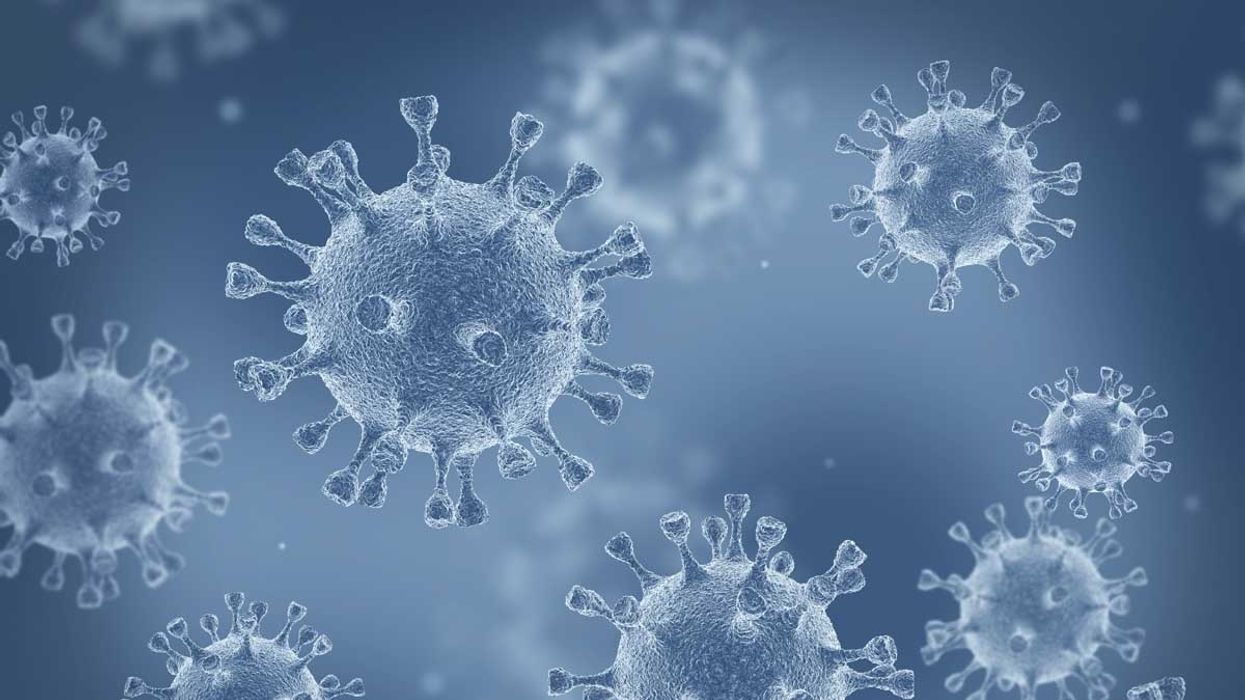
AltoClassic/Getty Images

Follow the data.
As you send your kids off to college, you might be apprehensive about them getting killed. But if you follow the data instead of the media, you will understand that they are exponentially more likely to die from a car accident or from getting convinced to drink or shoot up drugs than from COVID-19.
Local media and health officials in South Bend, Indiana, are sounding the alarm about a "spike" in cases at the University of Notre Dame. Of course, there is no mention of any of them getting seriously ill beyond the typical bugs that spread quickly on college campuses without a media circus focusing attention on it. The entire emphasis is on masks, quarantine, and contact tracing, when this has already spread and is not deadly in any statistically meaningful way for those in their late teens and early 20s. One doctor who is an adjunct professor at the university blamed the spread on "high-risk behavior that has happened off campus, and for all I know some on-campus as well" because of course there is no natural way a flu-like virus could spread through normal-risk behavior.
What is shocking and laughable, yet tragic at the same time, is the lack of recognition that not wearing masks (even assuming they work) is the least of the "high-risk" behavior on campuses. According to a study published in 2009 by the National Institute on Alcohol Abuse and Alcoholism, 1,825 college-age individuals died in 2005 from alcohol-related car accidents. On the other hand, according to the CDC, just 241 people age 15-24 died of COVID-19, and we know many of those deaths are counted much more liberally than alcohol-related deaths.
Moreover, those deaths are overwhelmingly among young people with rare and deadly conditions that are easily identifiable, and therefore, those individuals would likely stay home from college this semester. Drugs, alcohol, and deadly car crashes, unfortunately, are not limited by health status and often rope in good kids who get in with the wrong crowd and make just one mistake. Perhaps dealing with the attitude of permissiveness on college campuses would save a lot more lives than wearing silly cloths.
According to the 2018 National Survey on Drug Use and Health (NSDUH), "54.9 percent of full-time college students ages 18 to 22 drank alcohol in the past month, and 36.9 percent engaged in binge drinking in the past month." Other research has found 696,000 students were assaulted by another student who had been drinking and 97,000 students reported experiencing alcohol-related sexual assault or date rape. These are more serious consequences than the very rare hospitalization of a college-age student with COVID-19. Imagine if we had a dashboard chronicling and quantifying every one of these deaths, assaults, and rapes as we do asymptomatic coronavirus cases or symptoms of the virus that are less than the typical bugs experienced on college campuses every year.
Then there is the drug issue. Drugs are more lethal, cheaper, more available, and come with less stigma than ever before. Thousands of young adults die every year from drugs in peer networks they meet in college and other places. Like a virus, drugs spread to kids through group gatherings where they are exposed to this poison. With today's lethal drugs, just one mistake could get any kid killed. And unlike with the virus, which will easily achieve herd immunity on college campuses with such a young population, there is no immunity to the pressure of drugs. If kids reject it the first time, they will not be immune to other chances.
What's worse, the depression, anxiety, panic, and isolation being created by those who distort the threat level of the virus are making the drug crisis exponentially worse. I noted last week that the CDC reports 25.5% of 18-24-year-olds in a survey expressed serious consideration of committing suicide because of the epidemic of fear. Well, closely related to that data point is that 24.7% of that same cohort "started or increased substance use to cope with pandemic-related stress or emotions."
Yet, college students, parents, and administrators seem to be more concerned about COVID-19 than all the other risks that are so much more common on college campuses these days. We have never done this to our youth during other pandemics. As Dr. Andrew Bostom, an associate professor of family medicine at Brown University, pointed out on Twitter, nobody panicked on college campuses during the H1N1 flu, which specifically targeted younger people.
The advice given back then was for those exhibiting signs of illness to isolate themselves. We never counted every last case or prospectively searched out sub-clinical cases that go unknown among patients. As Dr. Bostom points out, during the H1N1 pandemic, there were 317 pediatric deaths, much more than today, and schools were never closed or restricted. Fast-forward a decade, and Albion College in Michigan is barring students from traveling more than five miles off campus and is tracking them. They are treating everyone as sick and healthy young adults like the immunocompromised.
The ultimate result of this pandemic of fear is that so many youngsters will die from fearing a virus that does not affect them. Never before have the immortal words of FDR been more relevant: "The only thing we have to fear is fear itself."
Daniel Horowitz
Blaze Podcast Host